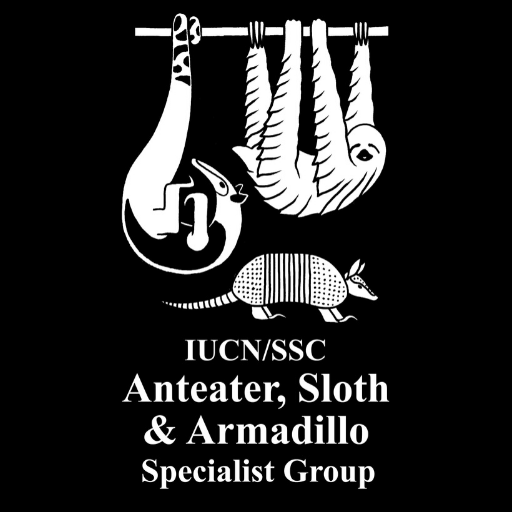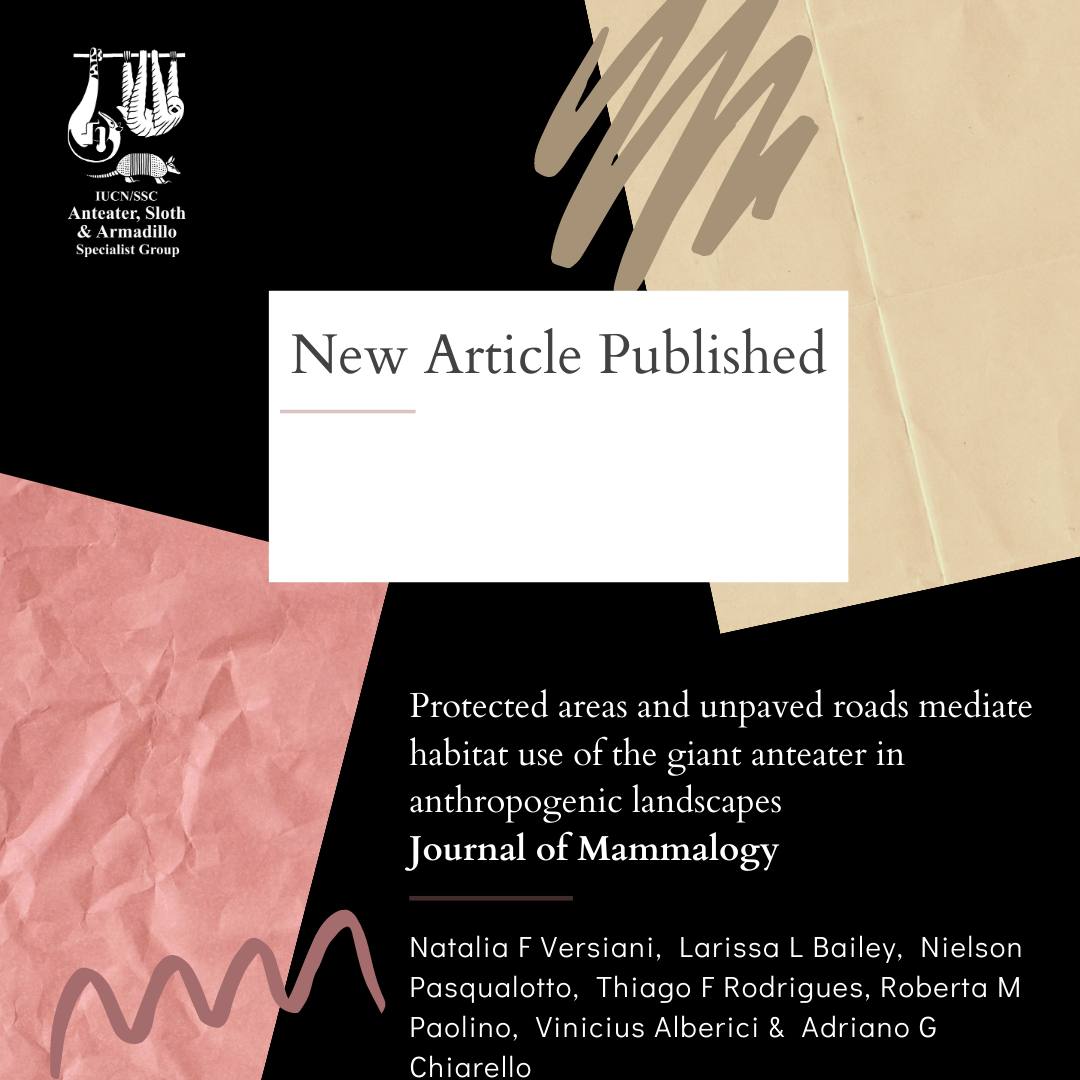Dear friends and colleagues,
We are delighted to announce another issue of Edentata! We invite you to download it free of charge from Edentata’s website, https://www.xenarthrans.org/edentata-newsletter/.
Edentata 22 includes seven articles and a News section packed with interesting information.
This issue includes a great review of the distribution, ecology, and conservation of Xenarthra in Bolivia; first estimates of the potential lifespan of giant armadillos; and a description of the variations of dorsal carapace structures in giant armadillos that can be useful for their individual identification. You will also find new distribution records for armadillos in northwestern Bolivia, giant anteaters in southern Brazil, and silky anteaters in northeastern Brazil.
Best wishes, and many thanks to all authors and reviewers!
The editorial team of Edentata



